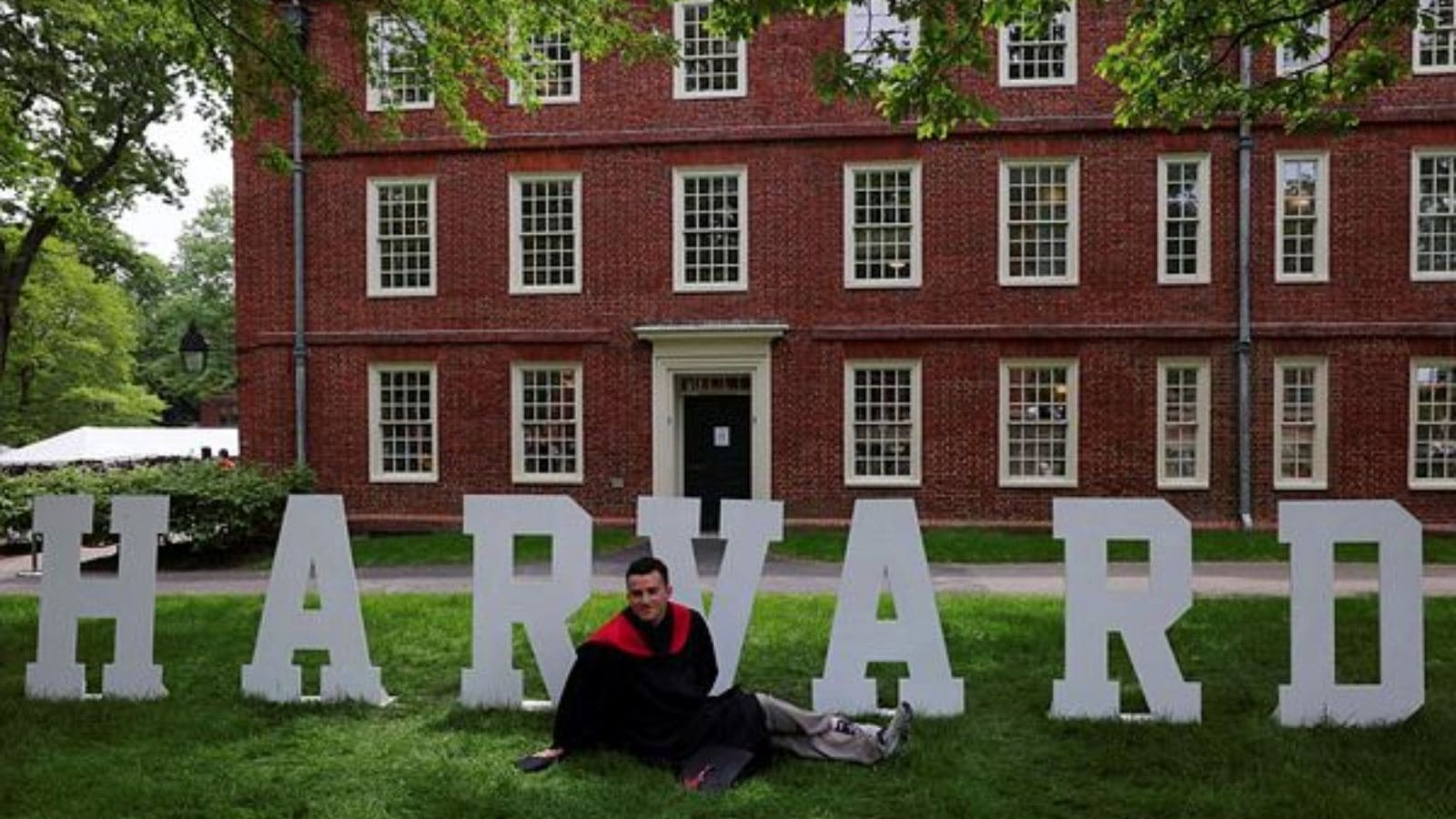Spurned by Trump? Global universities now wooing foreign students as US administration ratchets up pressure

Universities around the world are stepping in to welcome students affected by US President Donald Trump’s recent actions against academic institutions. They are aiming to attract students, researchers and part of the international education market that has long been a major source of revenue for the United States.
Osaka University in Japan is offering support for those looking to move from US universities. This includes waiving tuition fees, providing research funding and helping with travel arrangements.
“We see this as a loss for all of humanity,” said Masaru Ishii, dean of the graduate school of medicine at Osaka University, according to Reuters.
Other universities in Japan, including Kyoto and Tokyo, are also exploring similar offers. In China, Xi’an Jiaotong University is actively encouraging students from US institutions such as Harvard to consider transferring. It has promised simplified admissions and full support for those who move.
Hong Kong’s government has told its universities to attract skilled students and researchers from the US as well.
The move comes after President Trump’s administration made cuts to research funding, limited visas—especially for Chinese students and proposed higher taxes on top universities. Last week, the US government revoked Harvard University’s ability to enrol foreign students, although a court later overturned that decision.
According to Jessica Turner, head of London-based analytics company Quacquarelli Symonds (QS), other countries are quickly trying to fill the gap.
“Germany, France and Ireland are becoming more attractive options in Europe,” she told Reuters. “In Asia-Pacific, students are also looking at New Zealand, Singapore, Hong Kong, South Korea, Japan and mainland China.”
The crackdown has hit Chinese students particularly hard. US Secretary of State Marco Rubio said the government would “aggressively” tighten visa rules for Chinese nationals.
There are over 275,000 Chinese students currently enrolled in US universities. Their presence contributes significantly to university income and helps feed talent into US tech firms.
In 2023, international students—mostly from India and China added more than $50 billion to the US economy, according to the US Department of Commerce.
Many students are now rethinking their plans, just as the academic year nears. Dai, a 25-year-old student from Chengdu, told Reuters she may now choose to study in Britain instead of the US.
“The various policies (by the US government) were a slap in my face,” she said, asking to be identified only by her surname. “I’m thinking about my mental health and it’s possible that I indeed change schools.”
Students from the UK and the European Union are also becoming more hesitant about studying in the United States. Tom Moon, deputy head of Oxbridge Applications, a consultancy that supports university applicants, said his firm had been contacted by international students in the US who want to transfer to Canada, the UK or Europe.
He said a recent survey found that 54% of clients were now “less likely” to study in the US compared to earlier in the year.
British universities have reported more interest from students currently in the US, according to Universities UK, a group that promotes British institutions. But it’s still too early to tell whether this will result in more actual enrolments.
Some students, like 18-year-old Canadian Ella Ricketts, are worried about the financial cost of transferring. She currently studies at Harvard on a scholarship. “When I applied, the only university I considered in Europe was Oxford,” she said. “But I realised I wouldn’t be able to afford the international fees and there weren’t enough scholarships or aid available.”
If she can’t stay at Harvard, she said she would probably apply to the University of Toronto.
Interest in US universities appears to be dropping. QS reported that visits to its “Study in America” online guide had fallen by 17.6% over the past year, with interest from India down by more than half.
“Enrolment trends usually take six to 18 months to become clear,” Turner said. “But reputational damage lasts longer, especially when students are unsure about visas and work opportunities.”
Caleb Thompson, a 20-year-old Harvard student from the US, told Reuters that international students bring value to American universities. “If America turns these brilliant and talented students away, they will find other places to work and study,” he said.
For the latest news from across India, Political updates, Explainers, Sports News, Opinion, Entertainment Updates and more Top News, visit Indian Express. Subscribe to our award-winning Newsletter Download our App here Android & iOS

